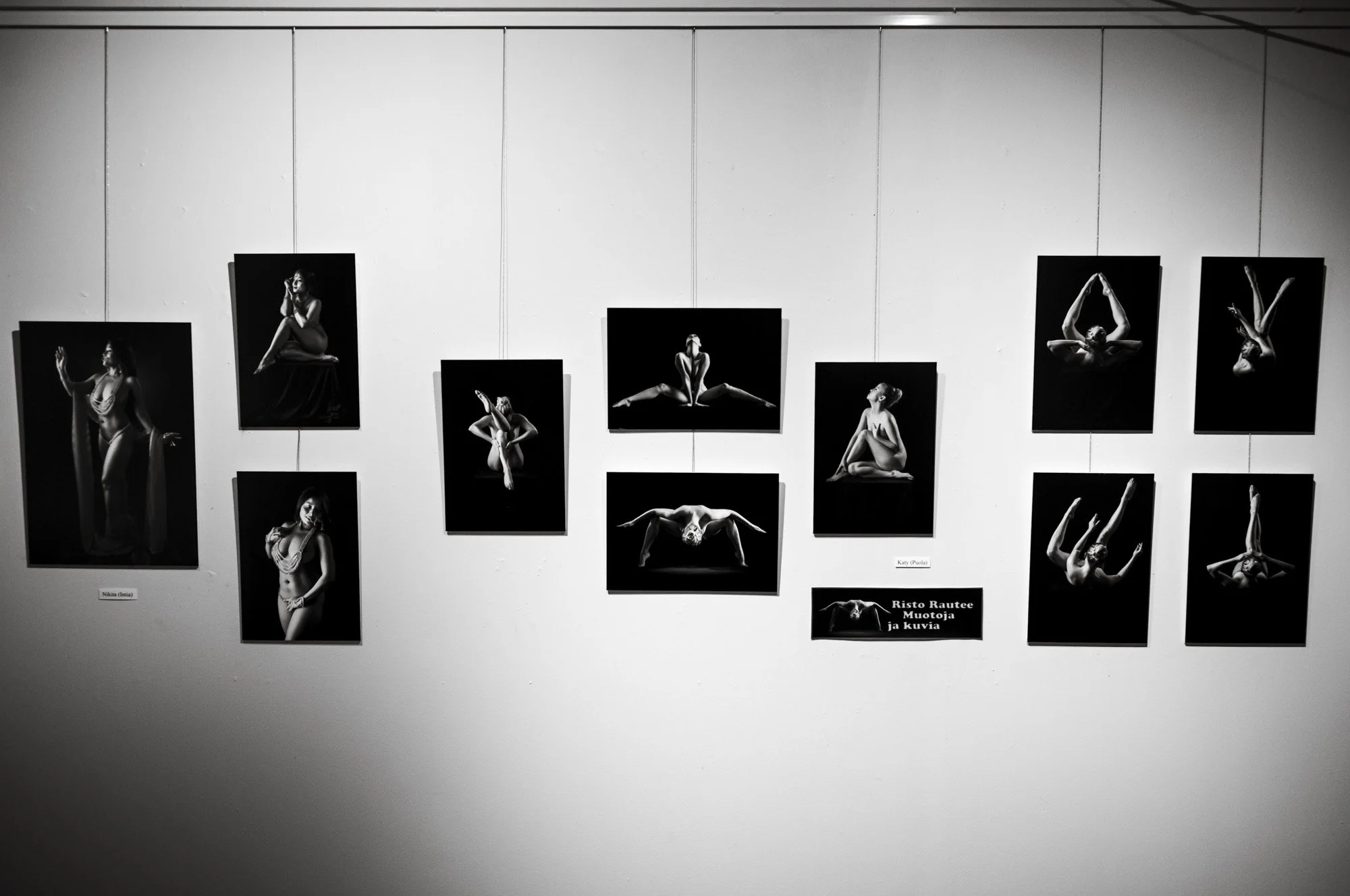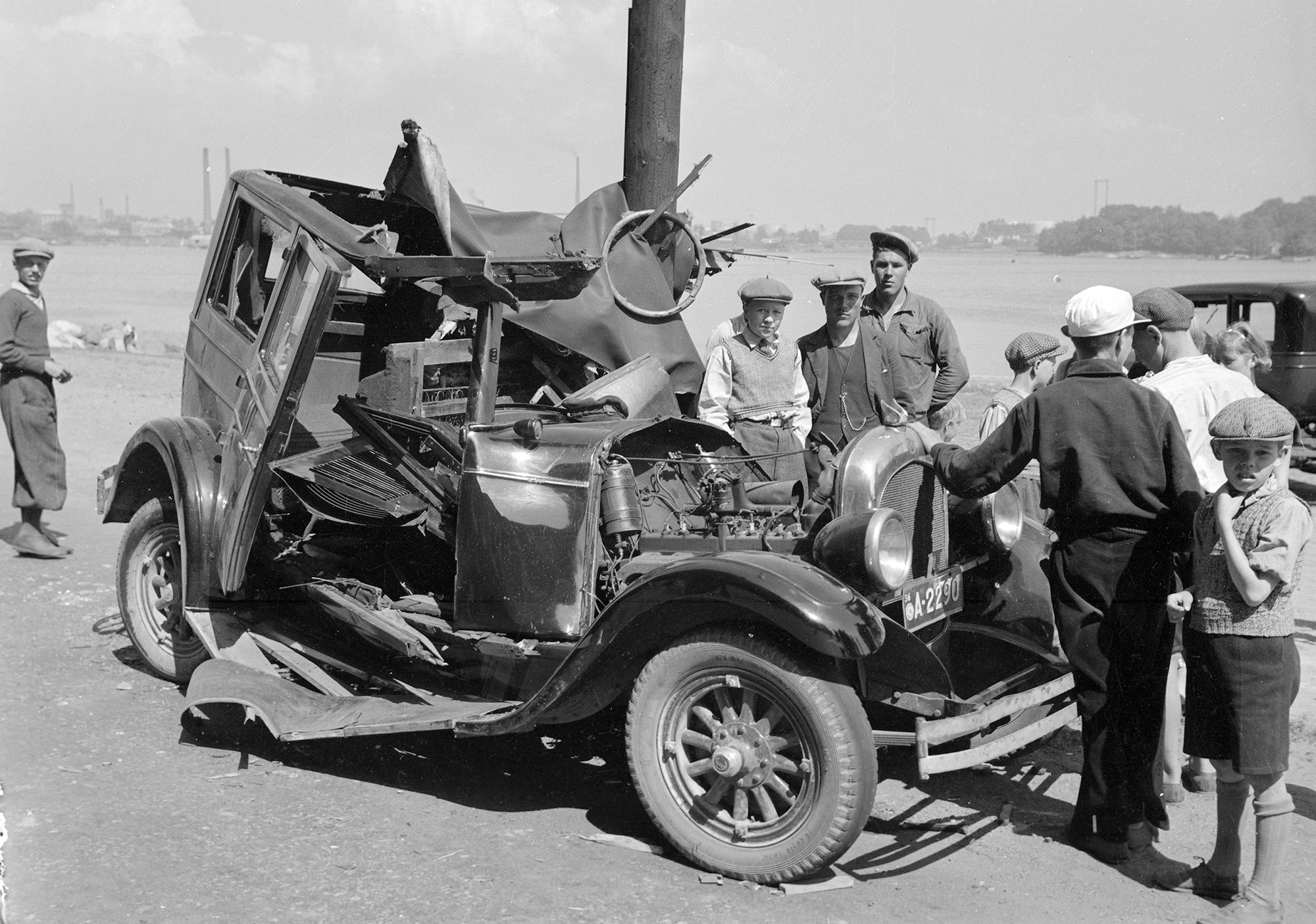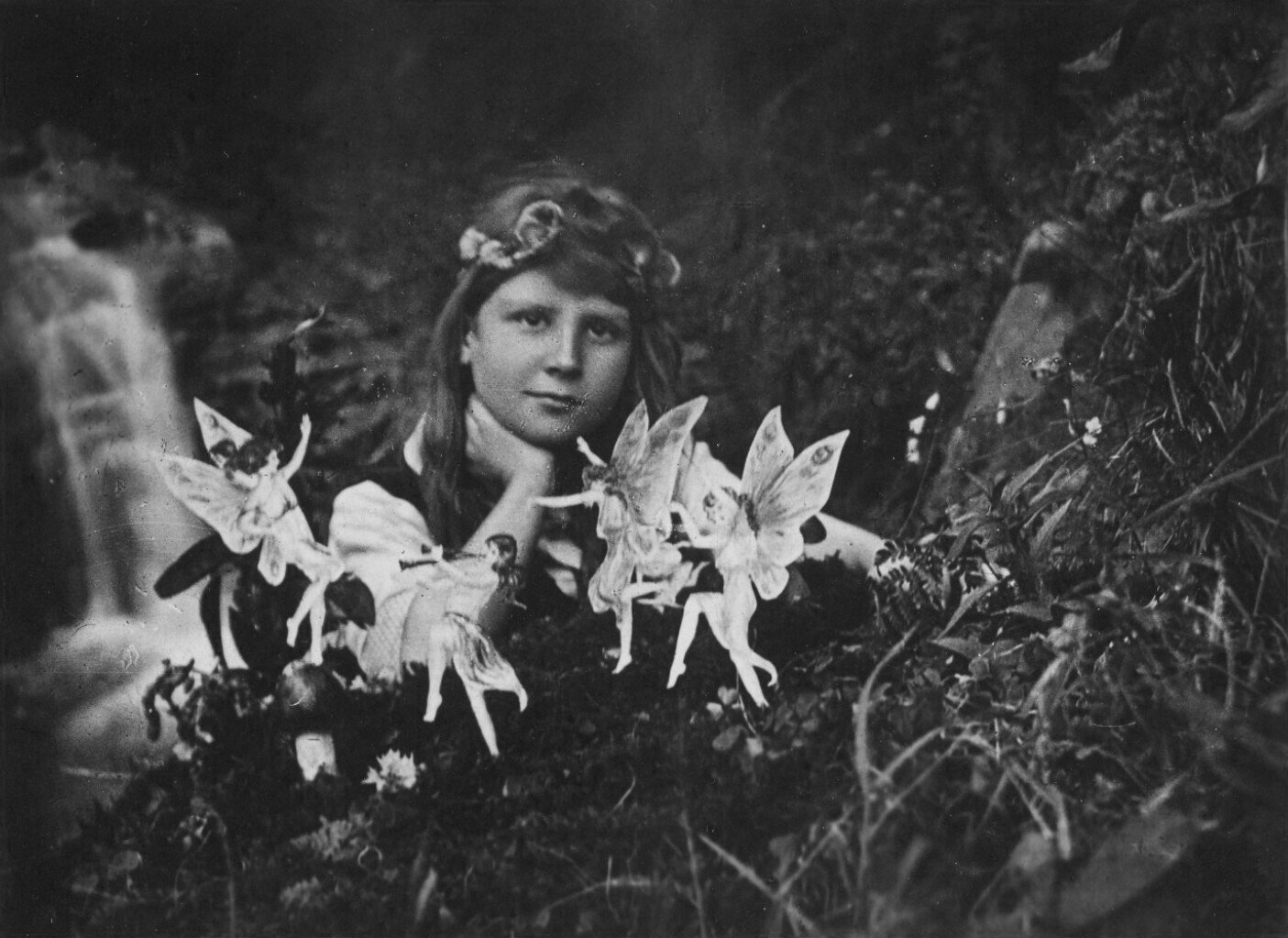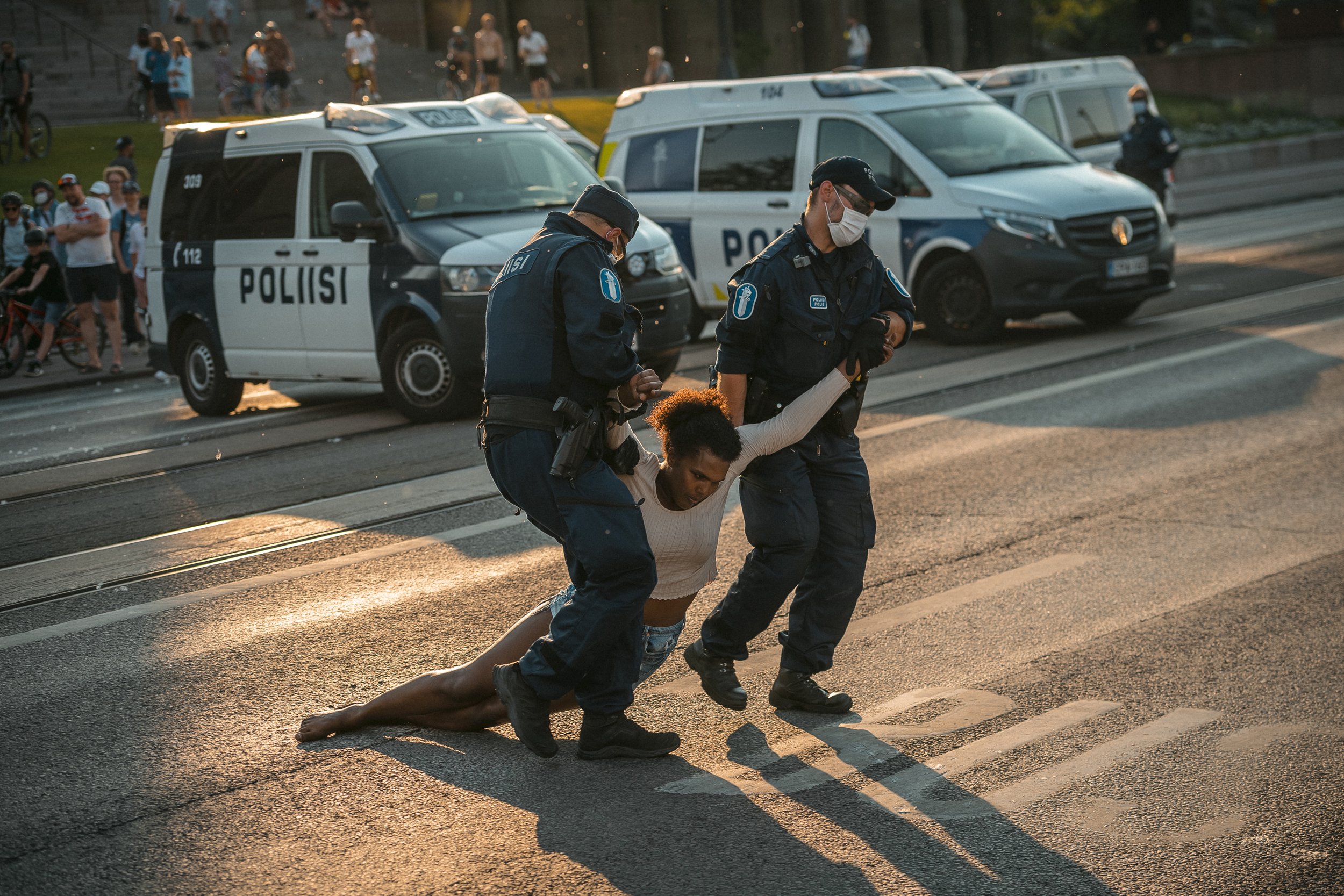Framing the Nude: Why Context Matters
I must confess, I have a penchant for perusing images of the disrobed human form, and recently, I've found myself contemplating an incident at the Cable Factory, which the tabloids have so eloquently labeled as the porn kerfuffle. Despite the tabloids' most valiant efforts, this episode has so far failed to generate the uproar they so eagerly anticipated and hoped for.
In brief, an amateur photographer exhibited images of nude and scantily clad women in a hallway, which serves as the gallery for the Camera Club (Kameraseura). In a letter, a group of photographic artists demanded that the club take down the images, as they considered the photos to be pornography rather than art.
The reported discussion, though I have not seen the letter itself, veers off-course.
Nonetheless, my curiosity compelled me to visit the Cable Factory. The hallway exhibition, located on the second floor near Staircase B, did not attract a crowd.
Maija Savolainen, an artist and doctoral researcher at Aalto University who was the first to voice her concerns about the images to the Camera Club, argues in an Ilta-Sanomat article that the pictures cannot be considered art because they lack content indicative of artistic thought. In rebuttal, amateur photographer Risto Rautee asserts that his images are not pornographic; rather, he identifies them as “glamour-nude” photographs.
By fixating on the somewhat moralistic and unnecessary attempt to distinguish between art and pornography, we inadvertently divert attention from a more meaningful consideration of representation and the vital role of context.
The categorization of these images as art, pornography, both, or neither ultimately holds little bearing on whether this workspace hallway is the proper venue for such a display.
In my observation, the other photographs gracing the gallery walls scarcely exhibit any semblance of artistic thought. Yet, such thinking has never been a prerequisite for displaying photographs.
Most images we encounter are not art. However, all images construct reality and influence our perception and understanding of the world.
Art, on the other hand, can be quite pornographic. For instance, consider the works of Jeff Koons and Cicciolina, Carolee Schneemann's Eye Body Portfolio, photographs by Robert Mapplethorpe and Nan Goldin, or illustrations by Tom of Finland.
Art has perpetually possessed an erotic dimension. The classification of erotica into high and low art ebbs and flows throughout history. One constant, however, is the undeniable significance and allure of human sexuality.
While at the Cable Factory, I took the opportunity to explore the Finnish Painters' Union's Art Sales Exhibition. Johanna Lemettinen's paintings exploring power and sexuality are splendid.
Savolainen asserts that a photograph featuring a naked female body doesn't automatically qualify as art, despite some historical precedence for considering such images as artistic. I believe, however, that embracing a narrow definition of art is counterproductive when critiquing these photographs for reflecting the male gaze.
Exposure to diverse representations and perspectives on gender and sexuality is vital, and Laura Mulvey's theory of the male gaze provides a valuable lens for examining cultural products. By comprehending the influence of the male gaze, we are better equipped to identify and challenge assumptions about gender roles and norms. Promoting diverse representations cultivates a more equal and inclusive society.
The male gaze proves troublesome due to its pervasive presence in media. However, the issue won’t be resolved by simply relegating the male gaze from the realm of art to “adult entertainment magazines,” as Savolainen suggests.
At last, we come to the crux of Rautee's exhibition, an issue that was skirted in favour of fixating on pornography: the presentation and contextualisation of the photographs.
Exhibited in a workspace hallway, these images are devoid of context. The accompanying texts merely provide the model's name and nationality, resulting in a situation reminiscent of someone hanging porn calendars at the office. In this instance, however, they've opted to paper the entire hallway with these calendars, as if that somehow elevates the display.
Passersby in the hallway have no choice but to view the images. Savolainen raises this issue in the Ilta-Sanomat article, also voicing her concern for children who should not be exposed to the images due to their “pornographic content.”
Nonetheless, the absence of context is far more troubling than the purported “pornographic content.” It's not as if there's a shortage of sexualized imagery; children encounter it everywhere. What we desperately need are spaces for open discussions about such images, where people can express their thoughts and explore the emotions triggered by viewing them. This kind of dialogue promotes a healthy understanding of sexuality, body image, and relationships. I believe that museums and galleries could ideally serve as suitable venues for such conversations.
Yet, in this hallway, no one is available for discussion.
In the end, the images come across as pornographic due to their absence of context. Lacking context, the photographs fail to elicit deeper thought, making it all too easy to perceive them, as Savolainen does, as imagery solely intended for heterosexual male arousal.












